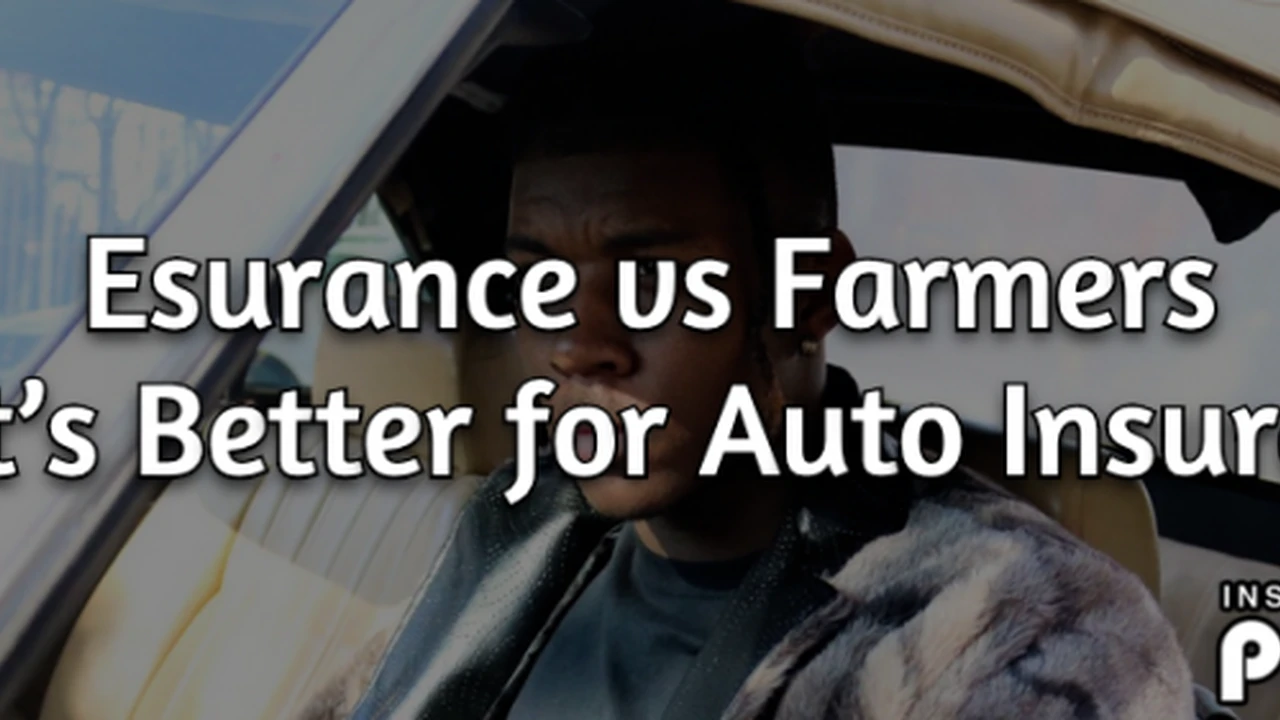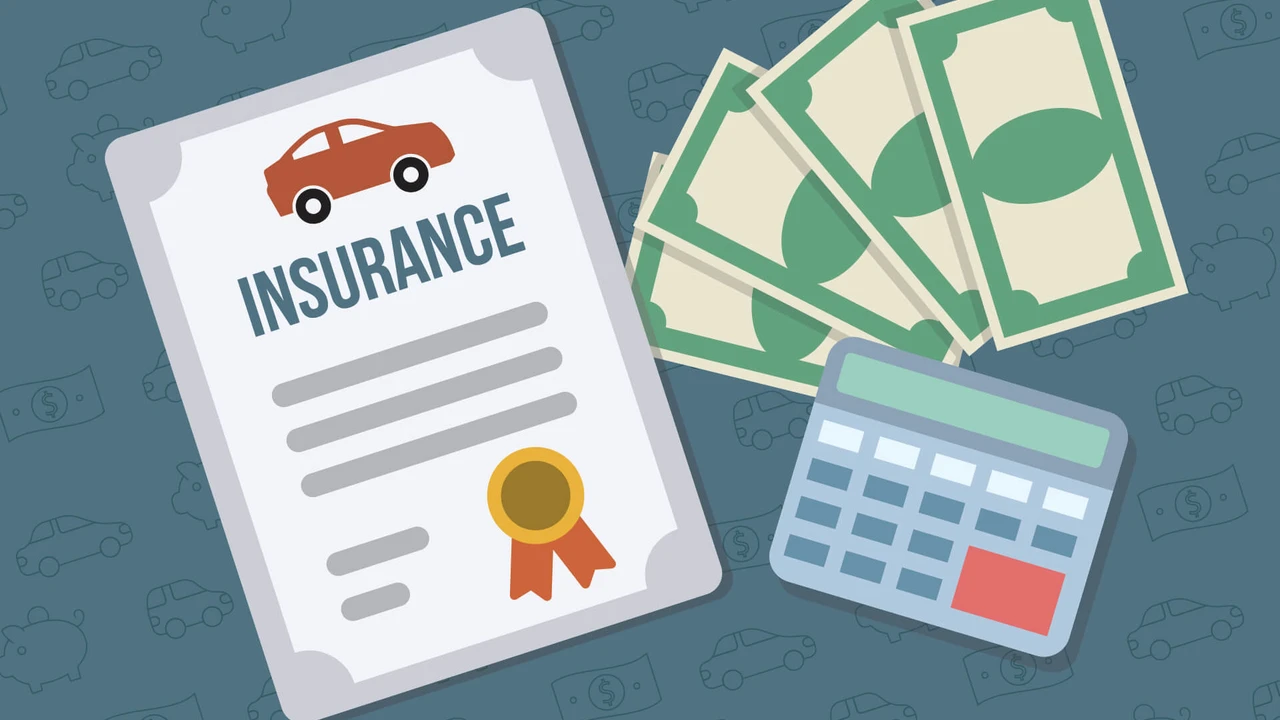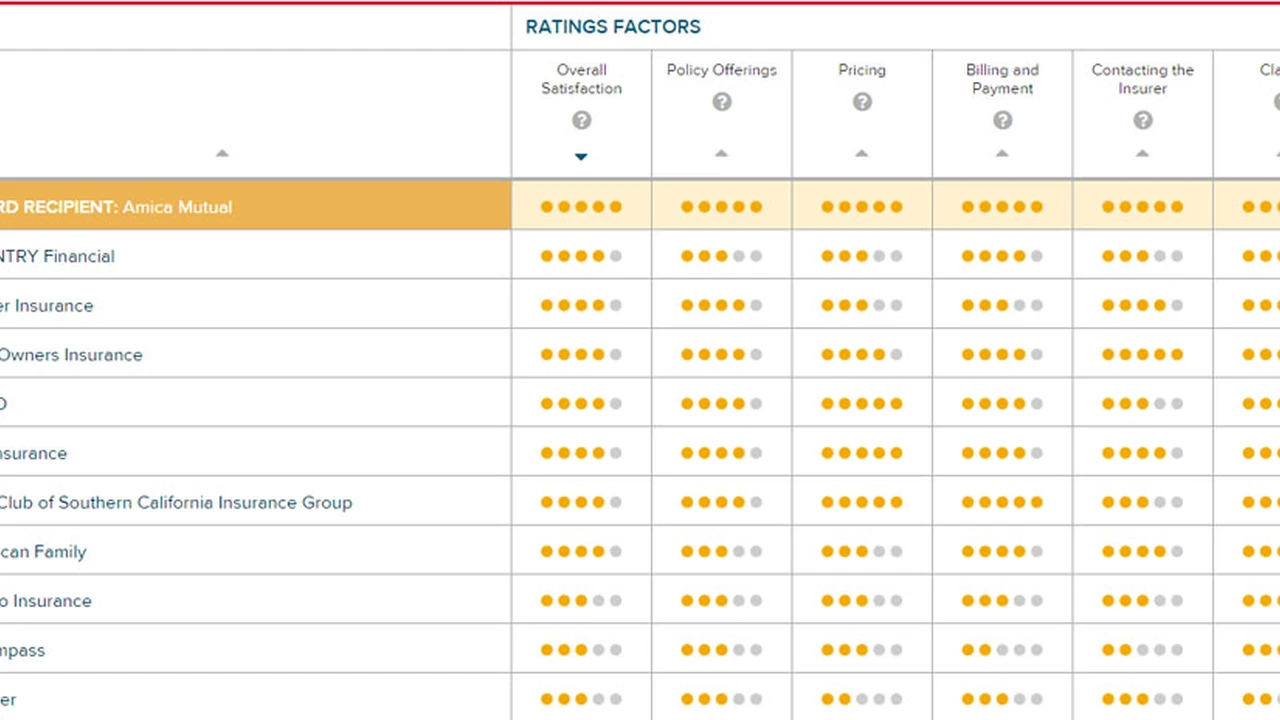Understanding Car Insurance Fraud: Prevention and Detection

What is Car Insurance Fraud Understanding the Basics
Alright, let's dive straight into the murky waters of car insurance fraud. What exactly are we talking about? Well, it's any act committed with the intent to illegally obtain benefits or payments from an insurance company. Think of it as trying to pull a fast one on your insurer. This can range from exaggerating injuries in an accident to staging entire collisions for a payout. It’s a bigger problem than you might think, costing billions each year and ultimately driving up premiums for everyone.
So, why does it happen? Lots of reasons. Sometimes it's desperation – people struggling financially might see insurance fraud as a way to make ends meet. Other times, it's pure greed – organized rings deliberately plan and execute elaborate schemes to defraud insurers. And sadly, sometimes it's just opportunistic – someone sees a chance to inflate a claim and takes it.
Types of Car Insurance Fraud Common Scenarios and Examples
Okay, let's break down the different ways people try to game the system. We can categorize it into a few main types:
- Staged Accidents: This is where fraudsters deliberately cause accidents, often involving innocent drivers. They might slam on their brakes suddenly, causing a rear-end collision, or maneuver their vehicle into your path in a parking lot. They'll then exaggerate their injuries and vehicle damage to inflate the claim.
- Exaggerated Claims: This is a more common form of fraud. It involves inflating the extent of damage or injuries in a legitimate accident. For example, someone might claim they need extensive physical therapy when they only have minor aches and pains, or they might claim pre-existing damage to their car was caused by the accident.
- Paper Accidents: This is where fraudsters create fake accidents and file claims based on fabricated police reports and medical records. They might even involve accomplices who pretend to be passengers or witnesses.
- False Reporting: This includes reporting a vehicle stolen when it hasn't been, or claiming damage occurred in an accident when it actually happened due to wear and tear or neglect.
- Premium Fraud: This involves providing false information when applying for insurance to lower the premium. For example, someone might lie about their driving record, their address, or the primary use of their vehicle.
Let's illustrate with some examples. Imagine a driver intentionally backing into your car in a parking lot, then claiming whiplash and demanding a hefty settlement. Or picture someone claiming their brand-new laptop was in their car when it was stolen after a minor fender bender. These are all real-world examples of car insurance fraud in action.
Prevention Techniques Protecting Yourself from Car Insurance Fraud
So, how can you avoid becoming a victim of car insurance fraud? Here are a few key tips:
- Be Aware: Stay vigilant and be aware of your surroundings, especially in areas known for high accident rates or insurance fraud.
- Document Everything: If you're involved in an accident, document everything thoroughly. Take photos of the scene, the vehicles involved, and any injuries. Get the other driver's information, including their license plate number, driver's license number, and insurance information.
- Call the Police: Always call the police to report an accident, especially if there are injuries or significant damage. A police report provides an official record of the incident.
- Be Cautious with "Accident Chasers": Be wary of individuals who approach you at the scene of an accident offering legal or medical assistance. They may be part of a fraudulent scheme.
- Don't Admit Fault: Avoid admitting fault at the scene of an accident. Let the insurance companies investigate and determine liability.
- Review Your Insurance Policy: Understand your insurance coverage and what it covers. This will help you identify any red flags or potential fraud attempts.
- Report Suspicious Activity: If you suspect someone is attempting to commit insurance fraud, report it to your insurance company or the National Insurance Crime Bureau (NICB).
Detection Strategies Identifying and Reporting Car Insurance Fraud
Okay, so you're aware of the different types of fraud and how to protect yourself. But what happens if you suspect you've already been targeted? Here's how to spot the signs and what to do:
- Unexplained Medical Bills: Keep an eye out for medical bills for services you didn't receive or that seem excessive.
- Suspicious Repair Bills: Review repair bills carefully and compare them to the actual damage to your vehicle. Look for inflated charges or unnecessary repairs.
- Unfamiliar Names on Claim Forms: Be wary of unfamiliar names on claim forms or in medical records. This could indicate that someone is using your information to file a fraudulent claim.
- Pressure to Settle Quickly: Be suspicious if the other driver or their insurance company is pressuring you to settle quickly without fully investigating the accident.
- Inconsistent Stories: Pay attention to inconsistencies in the other driver's story or the accounts of witnesses.
If you suspect fraud, report it immediately to your insurance company. They have specialized investigators who can look into the matter. You can also report it to the National Insurance Crime Bureau (NICB) or your state's insurance fraud bureau. Providing as much detail as possible, including photos, documents, and witness statements, will help them investigate the case thoroughly.
Car Insurance Products and Fraud Prevention Features Comparison and Recommendations
Choosing the right car insurance can also help mitigate the risks associated with fraud. Some insurers offer features specifically designed to prevent or detect fraudulent activity. Let's look at a few examples:
- Progressive Snapshot: While primarily a usage-based insurance program, Snapshot can indirectly help prevent fraud by tracking driving habits. This can make it more difficult for someone to falsely claim an accident occurred in a specific way, as the data from Snapshot might contradict their account. It's free to enroll, and the price varies depending on your driving habits.
- Allstate Drivewise: Similar to Progressive Snapshot, Allstate Drivewise monitors driving behavior and provides feedback. This data can be used to verify the circumstances of an accident and potentially detect fraudulent claims. Again, the pricing is usage-based and depends on your driving habits.
- Dash Cams: While not directly offered by insurance companies, installing a dash cam in your car is a fantastic way to protect yourself from fraud. Dash cams provide video evidence of accidents, which can be invaluable in proving fault and preventing fraudulent claims. The Vantrue N4 3 Channel Dash Cam (around $280) is a popular option with front, interior, and rear recording. The Thinkware U1000 (around $400) offers excellent video quality and advanced features like parking surveillance. The Garmin Dash Cam 67W (around $250) is a more budget-friendly option with a wide field of view. Consider your budget and desired features when choosing a dash cam.
- Usage-Based Insurance (UBI): More and more insurers offer UBI programs that track your driving behavior and adjust your premiums accordingly. This can help prevent fraud by making it more difficult for someone to falsely claim an accident occurred in a specific way.
When comparing insurance products, look for features like claims investigation units, anti-fraud training for employees, and data analytics tools that can identify suspicious patterns. Don't just focus on the price; consider the overall protection and peace of mind offered by the policy.
Real-Life Examples and Case Studies Car Insurance Fraud in Action
Let's look at some real-life examples of car insurance fraud to illustrate the impact it can have:
- Case Study 1: The Staged Accident Ring: In 2019, a group of individuals in Florida were charged with staging dozens of car accidents and submitting fraudulent claims totaling millions of dollars. They recruited accomplices to participate in the staged accidents and exaggerated their injuries to collect payouts from insurance companies.
- Case Study 2: The Phantom Passenger: A woman in California was caught filing a claim for injuries sustained in an accident that never occurred. She claimed to have been a passenger in a vehicle involved in a collision, but investigators discovered that she was not actually present at the scene.
- Case Study 3: The Inflated Repair Bill: A body shop owner in New York was charged with inflating repair bills for customers involved in accidents. He would add unnecessary repairs and charge exorbitant prices for parts and labor, defrauding insurance companies and customers alike.
These examples highlight the diverse ways in which car insurance fraud can occur and the significant financial consequences it can have. By understanding these real-world scenarios, you can be better prepared to identify and prevent fraud in your own life.
The Impact of Car Insurance Fraud on Premiums and Consumers
Car insurance fraud isn't a victimless crime. It has a direct impact on everyone who pays for car insurance. When insurance companies have to pay out fraudulent claims, they pass those costs on to consumers in the form of higher premiums. According to the Coalition Against Insurance Fraud, car insurance fraud costs Americans billions of dollars each year. This translates to hundreds of dollars in increased premiums for the average driver. By preventing fraud, we can all help keep insurance rates down.
Resources for Reporting Car Insurance Fraud Where to Turn for Help
If you suspect car insurance fraud, here are some resources you can turn to for help:
- Your Insurance Company: Your first step should be to report the suspected fraud to your insurance company. They have specialized investigators who can look into the matter.
- The National Insurance Crime Bureau (NICB): The NICB is a non-profit organization that investigates insurance fraud and provides resources to consumers and law enforcement. You can report fraud to the NICB online or by calling their hotline.
- Your State's Insurance Fraud Bureau: Most states have an insurance fraud bureau that investigates and prosecutes insurance fraud cases. You can find contact information for your state's fraud bureau on the NICB website.
- Local Law Enforcement: In some cases, car insurance fraud may involve other crimes, such as identity theft or assault. If you believe you have been the victim of a crime, you should report it to your local law enforcement agency.
Remember, reporting suspected fraud is crucial to protecting yourself and other consumers from the financial consequences of this crime. Don't hesitate to speak up if you see something suspicious.
:max_bytes(150000):strip_icc()/277019-baked-pork-chops-with-cream-of-mushroom-soup-DDMFS-beauty-4x3-BG-7505-5762b731cf30447d9cbbbbbf387beafa.jpg)






